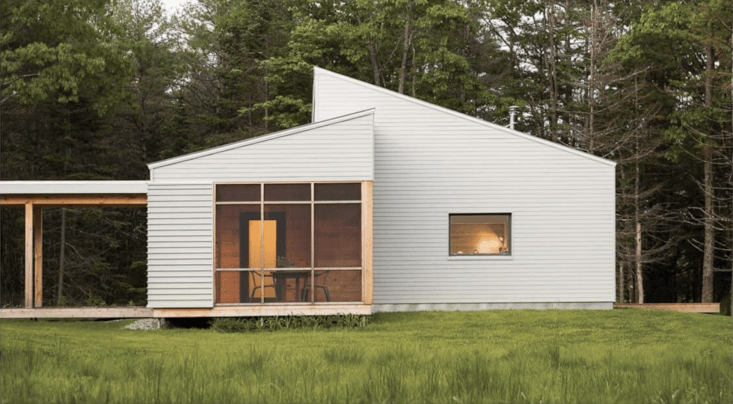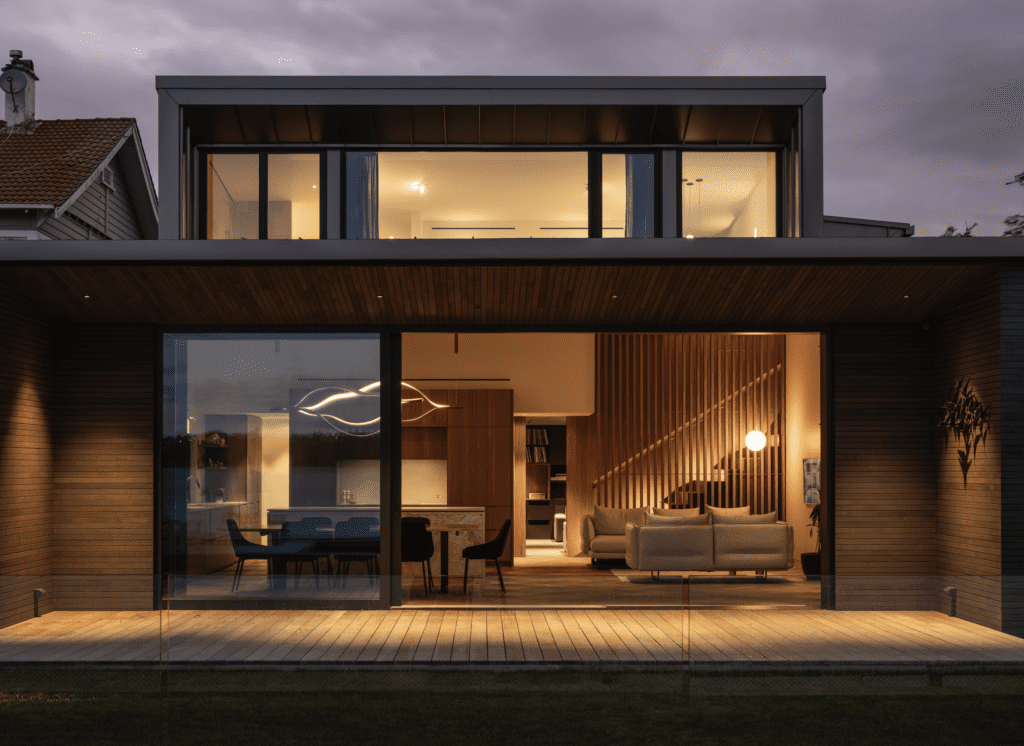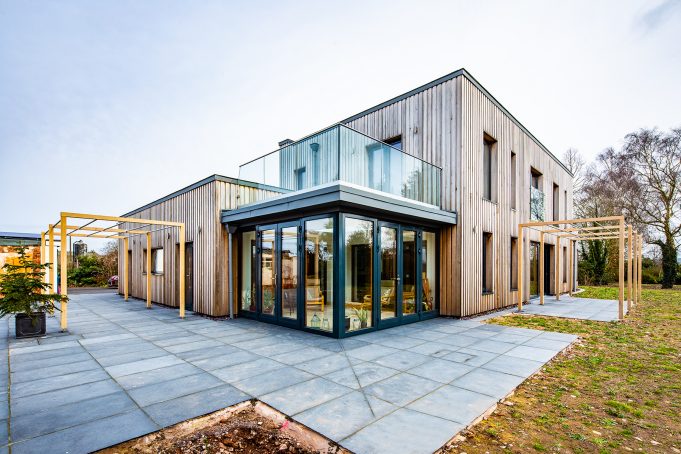When it comes to sustainable building practices, two concepts often come to mind: Net Zero and Passive House. Both aim to minimize the environmental impact of our homes, but they approach this goal in different ways. This guide will delve into the differences and similarities between these two green building standards.
For a deeper understanding of the principles behind the Passive House, you may want to read about passive home ventilation balance.
Understanding Net Zero Homes
A Net Zero home is designed to produce as much energy as it consumes on an annual basis. This is achieved through a combination of energy-efficient design and renewable energy technologies, such as solar panels and wind turbines.
Defining Passive House Standards
A Passive House, on the other hand, focuses on reducing energy consumption to an absolute minimum. This is achieved through airtight construction, super-insulation, and high-performance windows, among other things. The goal is to create a home that maintains a comfortable indoor temperature with minimal mechanical heating or cooling.
Comparing Net Zero and Passive House
While both Net Zero and Passive House aim for energy efficiency, their methods differ. Net Zero homes often rely on renewable energy technologies to offset energy use, while Passive Houses focus on reducing energy needs to the bare minimum. For more information on Passive House principles, you can visit this resource.
Choosing Between Net Zero and Passive House
The choice between a Net Zero and a Passive House will depend on your specific needs and circumstances. Both offer significant environmental benefits and can result in lower energy bills over time. However, the upfront costs and technical requirements can be higher than for a traditional home.
If you’re considering these options, it’s worth noting that both suit solar charging. You may also want to compare passive vs active systems to make an informed decision.






